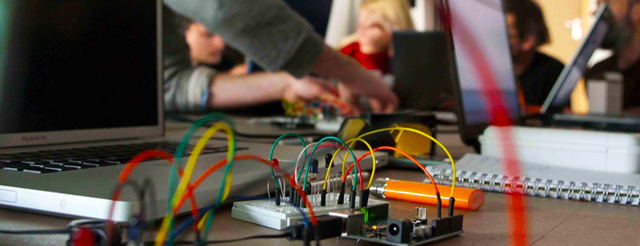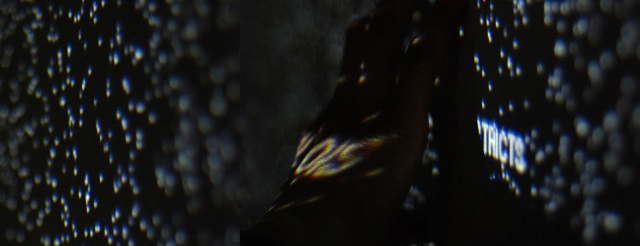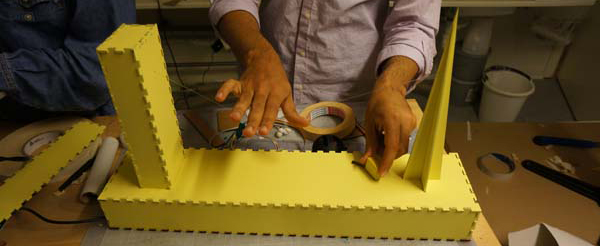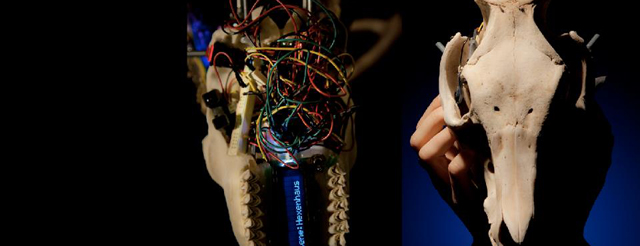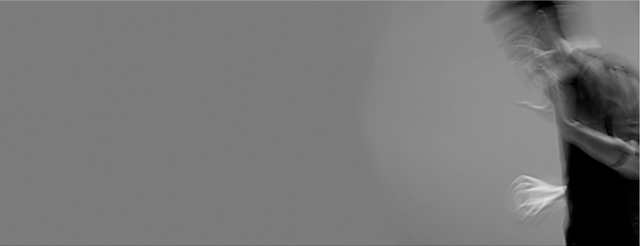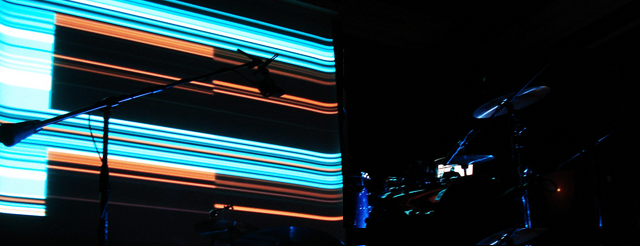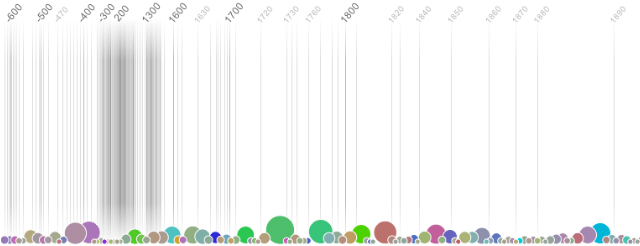///Workshops Tuesday, 2nd October 2012
David Gauthier //Marco Donnarumma //Ben Freeth//Christos Michalakos //Tom Schofield ///Data Transformations – Parallel Workshops///
Doctoral School, Hungarian University of Fine Art, Feszty-ház, Kmety Gy. u. 27, H-1063 Budapest
13.30 – 16.30 pm 2nd October 2012
These workshops aim to engage broad range of participants ( even without technological background) with creative tools that transforms data into audio, visual or both forms. We showcase customised and emerging technologies, interfaces that demonstrate new ways of thinking and producing. Participants has the opportunity to get hands-on and generate new outputs with these tools with the aim to understand both, the conceptual and technological development of such technologies.The parallel sessions aim to allow participants to engage with a variety of topics and to focus on their own aspirations.
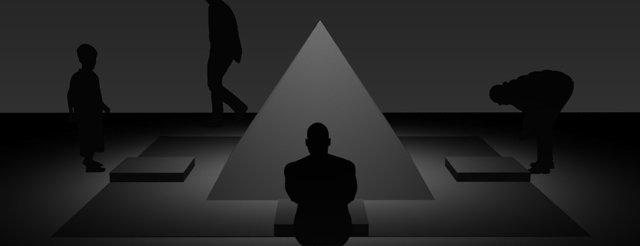
Imre Lepsényi ///Demo: Niasono, Working-in-progress Installation ///
DLA Big Studio, Doctoral School, Hungarian University of Fine Art, Feszty-ház, Kmety Gy. u. 27, Budapest H-1063
5.00 pm 2nd October 2012
Niasono: hunting horn, war horn, loudspeaker,
trumpet, saxophone, siren,
ship horn, air horn, bagpipe.
hunt, battle, alert,
concert, firestorm, school radio,
demonstration, riot control, jazz.
the acoustic funnel is an invention (“Erfindung”, see Nietzsche) for the amplification of sound
which helps its user stand out among equals.
what is the sound of power?
how is the murmur of the crowd, our voice (nia = our, sono = voice), turned into a clang of authority?
I’m making a digital tone-instrument inspired by this topic.
Prof. George Legrady, Director of the Experimental Visualization Lab, Santa Barbara ///Data Visualization Workshop///
Doctoral School, Hungarian University of Fine Art, Feszty-ház, Kmety Gy. u. 27, H-1063 Budapest
10.00 am – 16.00 pm 4th October 2012 ( Lunch break 12.30-1.30 pm)
In this workshop, projects and techniques will be introduced by which to retrieve and visualize data from the Seattle Public Library databank of over 70 million datasets. I will cover the basics of metadata, using MySQL to query the database. We will then look at examples of visualization in 1D frequency, 2D spatial map and 3D interactive realized by my students at UCSB: http://vislab.mat.ucsb.edu/2012.html
Requirements: Participants should be able to have basic English for MySQL and preference for those with programming skills in Processing (download it free here). Please do bring with you some pens/paper and your laptop if is possible.
/////////////////////////////////////////////////////////////////////////////////
///Practice Talks/Demos
Open for Everybody: Please Register here
Hungarian University of Fine Art, Doctoral School, H-1063 Budapest Kmety Gy. u. 27. Feszty-ház
9.30 am – 12.30 2nd October 2012 ( Launch break 12.30-1.30 pm)
Tom Schofield ///Data as material///
Tom’s presentation will ask the following questions: How can artists consider data in the context of artistic material? What does it mean to encounter data as an object. Why should artists programme?
David Gauthier ///Data is Physical///
When we talk about data representations, we often think of visualisation. While the eye is a fantastic organ capable of subtle perception of visual forms, what can be said of our fingers? This workshop focuses on making data bits tangible. Using “the hand” as a specific context, participants will learn the basic science of motorized haptics and learn how to use it to represent data differently. Workshop participants will use a special hardware platform designed and developed at CIID to turn bits into movement. It’s time to get physical with data.
Ben Freeth ///Expanding Human Creativity and Expression: Rapid prototyping Digital Musical Instruments with the Gadgeteer platform for the control of music in Max MSP///
Gadgeteer developed by Microsoft Research, Cambridge is an open source microcontroller platform designed for the rapid prototyping of physical devices. Solderless connectivity enables the (re)combination of various modules which add functionality to projects while minimising the necessity for specialised electronics knowledge. This talk aims to outline the creation of a simple physical controller for playing music with Max MSP. It will use various sensor modules, the touch screen, and FTDI module, and go through the basics of using Microsoft Visual Studio development environment to program the Fez Spider microcontroller with .NET MicroFrameworks.
Marco Donnarumma ///BIOPHYSICAL MUSIC: when biotechnologies meet the corporeality of performance. How can the biological sound and data of a performing body inform corporeal expressivity in music?///
This talk will focus on the Xth Sense, a free and open biotechnological musical instrument designed for the body, rather than around it. With the Xth Sense, a player creates music with the sounds emitted by the body muscular tissues, literally. By executing a series of given muscular contractions, muscle sounds are emitted, amplified, live sampled, and diffused through loudspeakers. This performance model is what I call Biophysical Music; through the review of a series of performance works for the Xth Sense, the fields of application of biophysical music will be discussed.
Christos Michalakos ///Evolving the Drum Kit: An Intuitive Approach to Live Electronic Percussion Performance///
This presentation aims to outline some aspects of ongoing research towards the development of a computer-mediated electronic augmentation of a traditional four-piece drum kit. The highly customised instrument consists of a drum kit mounted with triggers, contact microphones, speakers, and bespoke software. The acoustic kit becomes part of the control interface of the electronic sound, with the use of machine listening techniques and mapping strategies. Firstly, an introduction to the history of the drum-kit as a constantly evolving instrument and assembly of sound objects will be presented, supported by examples, and the relationship with the computer will be discussed. Secondly, the aims of the research and technical details of the instrument will be expounded, along with some of the modes of interaction used for the acoustic sound transformations. Finally, the success of the system and its use so far will be evaluated, along with possible future directions.
Marian Dörk ///The Information Flaneur: A Fresh Look at Information Seeking///
Regardless whether during work or leisure, growing information spaces accompany more and more of our everyday activities. As we go through lists of search results, news items, and status updates, we encounter digital information for a wide range of purposes. While the dominant models of information seeking emphasize information needs and gaps, the model of the information flaneur advocates a shift away from deficiencies towards more positive tendencies such as curiosity and creativity. In my work I adopt the exploratory mindset of an urban flaneur as a lens to envision new ways of making information collections more explorable using interactive visualizations.

